What are the strangest things in our Solar System that you can think of?
The human imagination is a wonderful thing, but even it might struggle to conjure some of the strange and bizarre things like lurk within our cosmic neighbourhood.
Our Solar System is full of wonderous worlds and magnificent moons, some of which are a little more unusual than the others.
Here are 10 of the strangest things in our Solar System, that we know of...
Discover the scariest things in the Universe, the weirdest planets and the weirdest stars.
Jupiter's volcanic moon Io
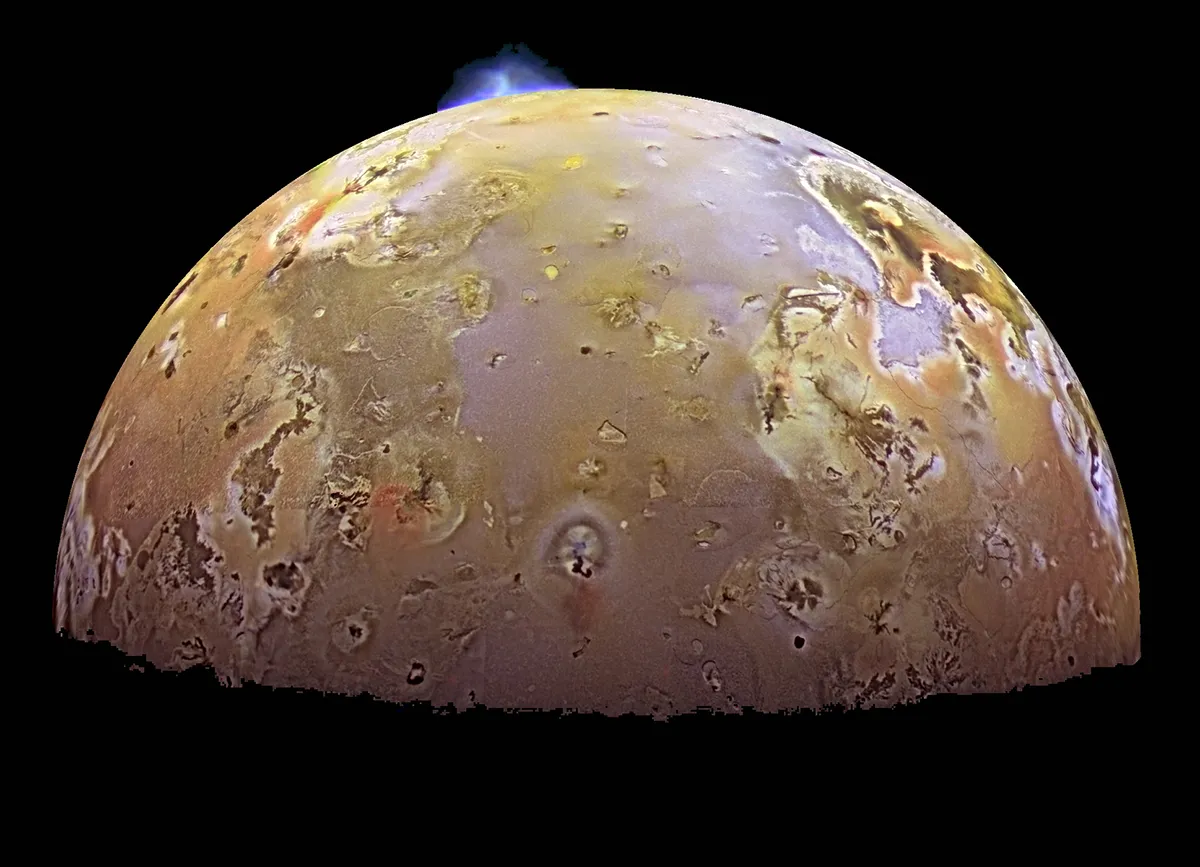
Jupiter has an extended family of 95 moons (though they may have found even more by the time you read this; it’s hard to keep track!).
The four largest – all roughly the same size as our own Moon – are known as the Galilean moons, as they were discovered by Galileo in 1610.
Of the Galileans, Io is different to its three icy siblings, and it's one of the strangest things in the Solar System.
When you look at images of Io taken by space probes, it’s easy to understand why its nickname is the ‘pizza moon’: its surface is covered with patches of yellow, orange and red that look like melted cheese.
In fact, these are vast flows of sulphur and molten rock that pour out of active volcanoes.

These volcanoes weren’t discovered until 1979, when Linda Morabito from Voyager 1’s science team noticed what looked like a smaller moon peeping out from behind Io on one of the images she was checking.
The truth was even more amazing – it was an enormous plume of gas shooting out of a volcano! Now we know that Io has at least 400 active volcanoes.
The largest, Loki Patera, is more than 200km (126 miles) in diameter and contains an active lava lake covered with a crust which occasionally overturns as the lava pushes it up from beneath.
If you visited Io, you’d have a breathtaking view of the volcanoes, as rivers of glowing molten sulphur spewed down their flanks, while gas and dust billowed out of their peaks, reaching enormous heights and spreading out into huge, delicate plumes.
Find out about moon Io's collapsing atmosphere
Earth's huge Moon

One of the strangest things in the Solar System is closer than you might think.
At 27% the diameter of Earth, the Moon is the biggest satellite relative to its primary planet in the Solar System
It might seem like Earth has been short-changed when it comes to moons – we’ve only got one – but our Moon is actually very special because of its size compared to Earth.
The vast majority of other natural satellites in our Solar System are much smaller than their parent planets, but our Moon is around a quarter of the size of Earth.
That almost makes the pair a ‘double planet’.
It’s because our Moon is so big and so close that we have such pronounced tides and total solar eclipses too.
The Moon is 400 times smaller than the Sun, but 400 times closer to us, so their discs appear the same size in our sky.
When the two bodies align, the Moon can completely cover the Sun, creating a stunning total solar eclipse.
Mars has solar eclipses too, but they are only ever partial, because neither of its tiny moons completely cover the Sun when they pass in front of it.
Find out more with our facts about the Moon and how to observe the Moon.
Quasi-moon Kamo‘oalewa

We’ve already mentioned the fact that Earth has just one Moon, but if you’re a regular user of social media you’ll know that every now and again a story pops up announcing that “space boffins have discovered another moon orbiting Earth”.
It’s not that simple, of course. We do now know of several small objects which sort of orbit Earth, but not in the straightforward round-and-round way the Moon does.
These are known as quasi-satellites and they are actually orbiting the Sun, but in such a way that they appear to orbit Earth for a time, before drifting away on their own again.
One of them, Kamo‘oalewa (aka 2016 HO3), is a very small asteroid, around 40–100 metres (130–330ft) in diameter.
It’s the second-smallest but the current closest and most stable of Earth’s quasi-satellites, and was named after a Hawaiian word that describes an oscillating celestial object.
Studies of the object’s composition and orbit suggest it might be a piece of rock that was blasted off the Moon by an asteroid impact.
The great comet Hale–Bopp
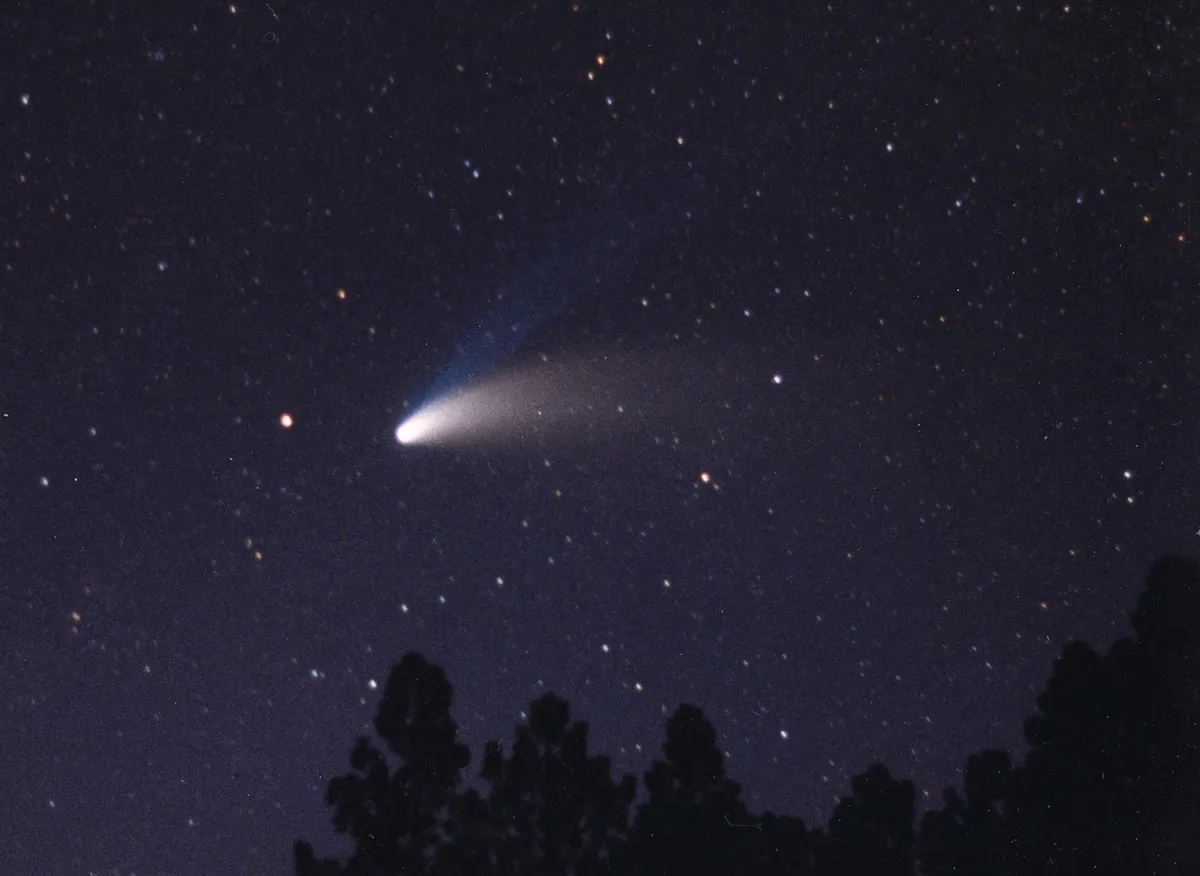
If you open up your favourite astronomy app and click the option to show comets, your screen will fill with a blizzard of dots.
Thousands of comets orbit the Sun, but most never become bright enough to be visible to the naked eye, and are only ever seen as tiny smudges or dots on photos.
Occasionally, a comet appears in our sky that is not only visible to the naked eye but is a stunning sight.
These ‘great comets’ capture the imagination and hearts of people all around the world.
The last truly great comet was comet Hale–Bopp, which graced our skies in 1997.
It was discovered independently on 23 July 1995 by two American amateur astronomers, Alan Hale and Thomas Bopp, when it was still seven times the Earth–Sun distance away.
It was found so early because it is unusually – even freakishly – big.
While most comets have a nucleus just a dozen kilometres wide or smaller, Hale–Bopp’s nucleus is between 40km and 80km (25 to 50 miles) across.
At its brightest, comet Hale–Bopp reached magnitude –1.8 and was a stunning sight in the sky, with a beautiful curved orange-white dust tail that stretched almost 50° behind it, plus an even longer, straighter, electric-blue gas tail.
It remained visible to the naked eye for several months before finally fading away and isn’t due to return until the year 4385.
Sideways-spinning Uranus
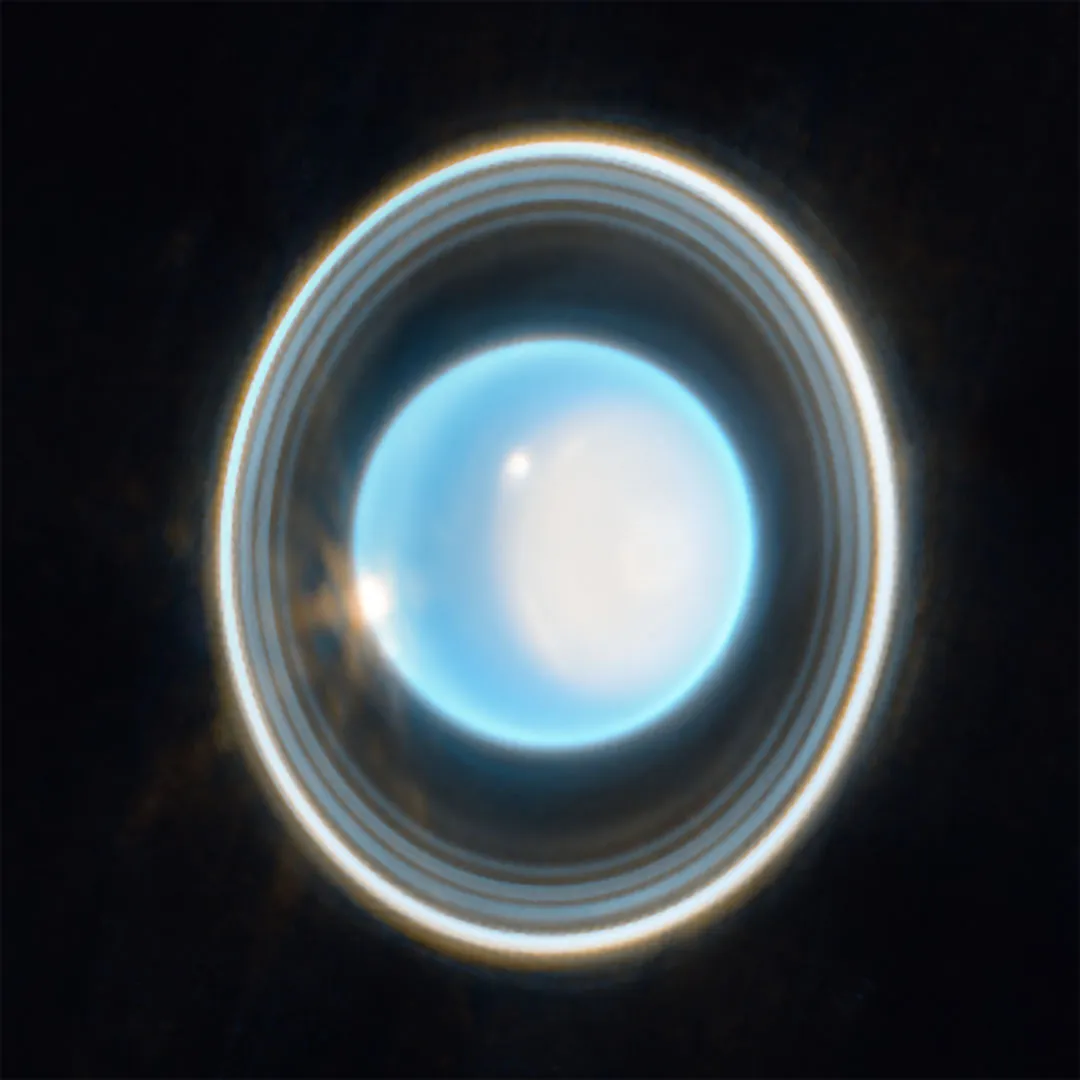
Uranus is so far from the Sun that it takes 84 Earth years to orbit. No surprise then that it’s so faint in our sky that most people need binoculars to see it.
It's an ice giant planet - the coldest planet in the Solar System - with fierce winds, transient dark storms, 28 icy moons and a system of dark rings.
One of the strangest things in our Solar System is the fact that, unlike the other planets that whirl around the Sun vertically like spinning tops, Uranus is tipped over 90° so it rolls around the Sun like a barrel.
We’re not entirely sure why, but the most widely accepted theory is that between three and four billion years ago, when the newborn Solar System was a very chaotic place, an Earth-sized object smashed into Uranus, tipping it over.
Saturn’s divided moon Iapetus
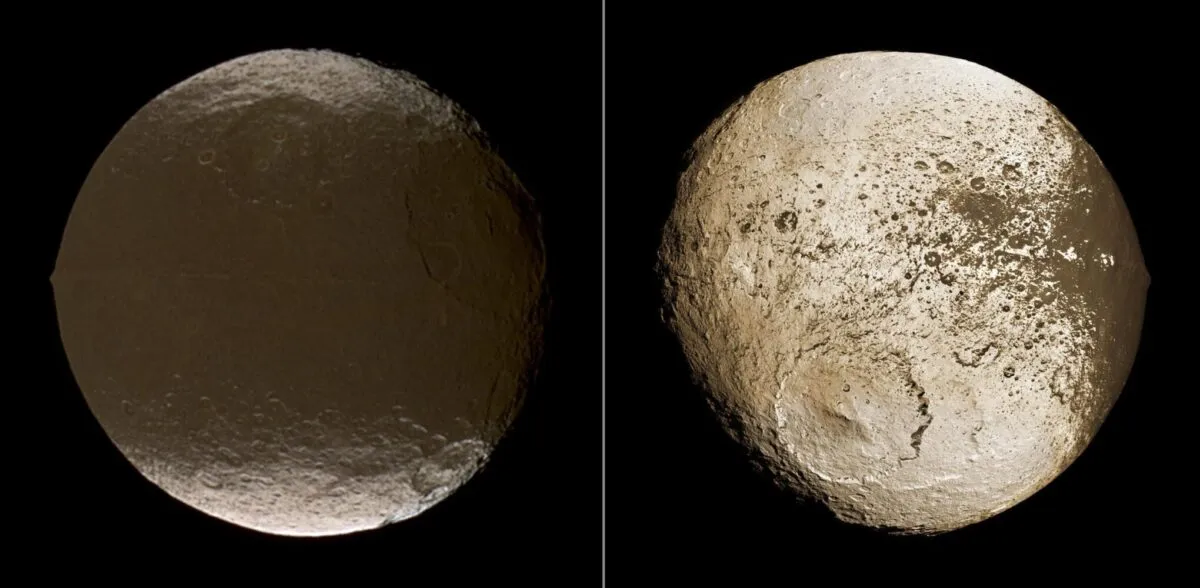
When the astronomer Cassini was observing Saturn on 25 October 1671, he discovered a new moon, Iapetus.
He discovered that its brightness varied as it orbited the planet, suggesting, bizarrely, that one side was darker in colour than the other.
This puzzled generations of astronomers until, in November 1980, the Voyager 1 probe swept through the Saturn system and turned its cameras on Iapetus.
Its images confirmed one side of the Moon was covered in a dark patch, but they also suggested it had something even weirder – a raised ridge around its equator.

On the very last day of December 2004, Saturn orbiter the Cassini spacecraft encountered Iapetus, revealing its equatorial ridge in all its glory.
The ridge looks like the ridge around the middle of a walnut, but close-ups revealed it was a moon-encircling mountain range, its tallest peaks rising more than 20km (12 miles).
Some planetary scientists now believe it’s made of material that welled up from beneath the moon’s crust, while others think it’s material from an ancient ring system that fell onto the moon over many millions or even billions of years.
Whatever it is, and however it was formed, Iapetus’s equatorial ridge is one of the most fascinating and bizarre sights, one of the strangest things in the whole Solar System.
Mars's mega valleys
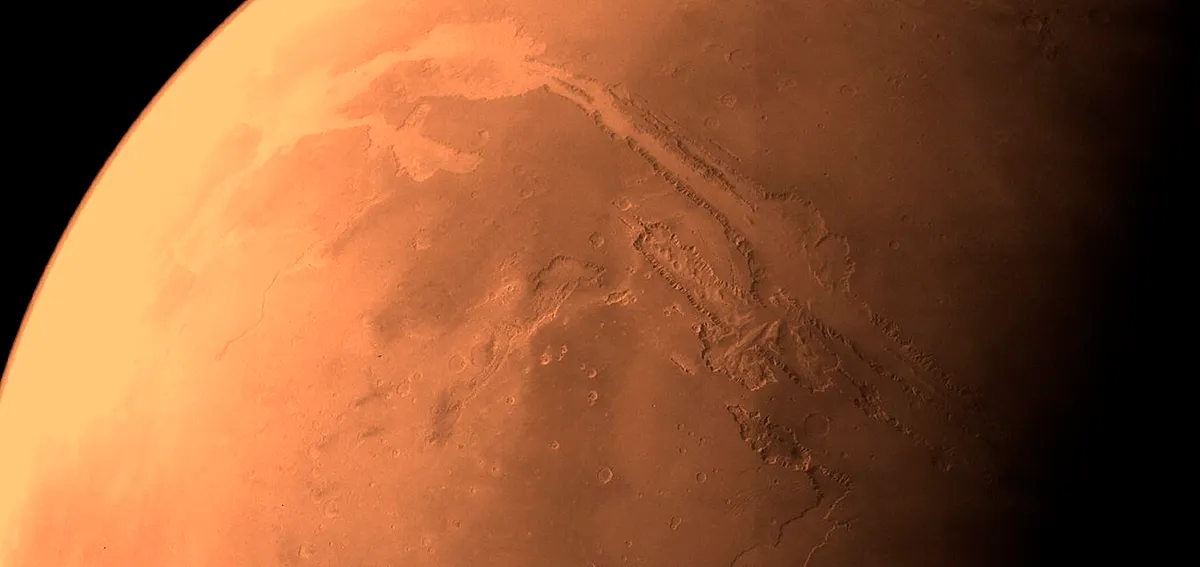
Mars might only be half the size of Earth, but it has just as many fascinating features.
Two, however, stand out. Looking like an axe wound in the planet’s crust, Valles Marineris is a huge system of canyons that runs along Mars’s equator.
In terms of facts and figures, it is more than 4,000km (2,500 miles) long, 200km (120 miles) wide and up to 7km (4 miles) deep, but those statistics don’t truly convey the magnitude of Valles Marineris.
If placed on Earth, it would stretch from London to New York, making Earth’s Grand Canyon look like a crack in the pavement.

Even more impressive, though, is Olympus Mons, the largest volcano on Mars and indeed in the whole Solar System.
Two and a half times the height of Mount Everest, if placed on Earth, Olympus Mons would cover France.
Hidden lakes of Titan
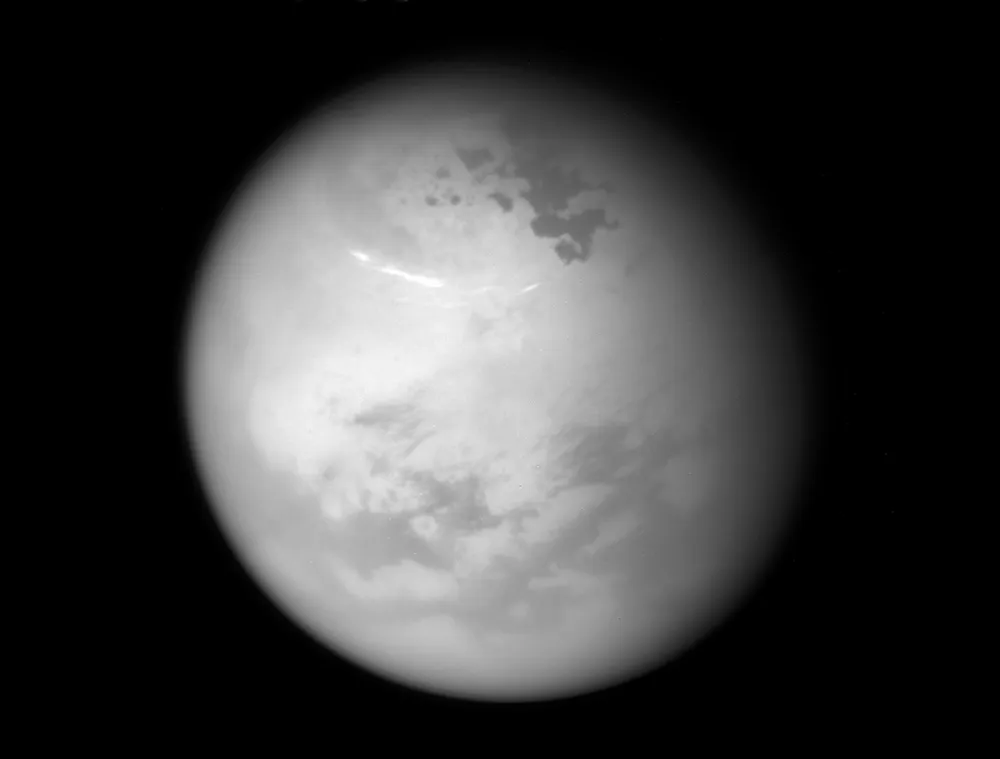
Look at Saturn through a telescope and, alongside its cheesecake-coloured disc and beautiful icy rings, you’ll see a ‘star’ shining close by.
This is its largest moon, Titan, and it’s the size of the planet Mercury.
Titan has fascinated astronomers since its discovery by Huygens in 1655, but when the Voyager 1 probe whooshed past in 1980, all it saw was a dull orange disc with a darker hood at its north pole.
Frustratingly, Titan’s thick atmosphere hid its surface from view.
The Cassini probe was finally able to map Titan’s surface using radar in 2005. It discovered lakes on Titan, filled not with water but liquid methane.

The largest of them, Kraken Mare, has an area of 120 million acres and is at least 100 metres (330ft) deep, though Cassini’s measurements showed the waves rippling across the surface are just 1.5cm (0.5 inches) high.
The organic chemistry found on Titan also makes it one of the prime sites for investigating life beyond our own planet.
The geysers of Enceladus
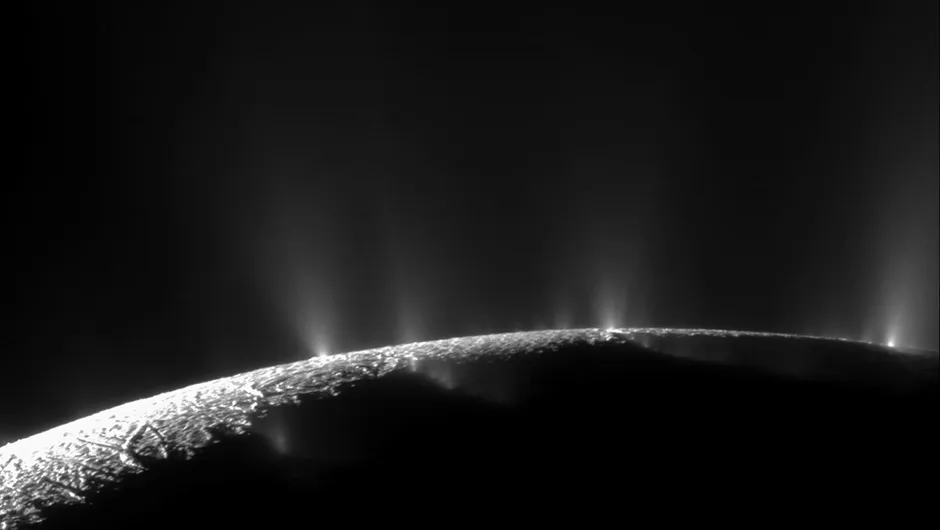
Enceladus is the sixth-largest of Saturn’s moons.
When Cassini took the first-ever detailed images of the moon in 2005, it revealed a network of strange gashes across Enceladus’s south pole which looked like the moon had been slashed by the claws of some space monster.
Closer inspection revealed jets of material shooting up out of these ‘tiger stripes’; we now know these are the sparkling plumes of more than 100 ice geysers.
These originate from the salty liquid-water ocean deep beneath Europa’s icy crust, bursting out through vents within the fractures.
Some of this material falls back onto Encaladus as snow, making the moon appear flat and bright, while the rest shoots out into space and trails behind the moon, forming Saturn’s faint, thin E ring.
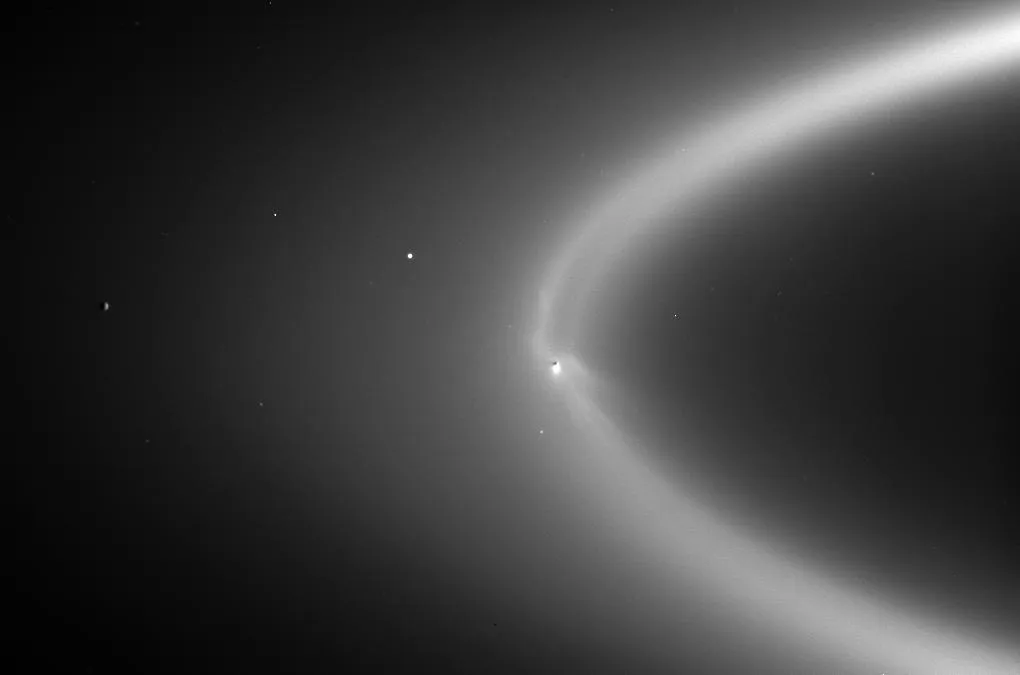
Cassini also found traces of complex organic molecules – which form the building blocks of life – within the jets.
The mixing of these chemicals with water led some scientists to believe that the chemistry on Enceladus could allow life to form in the moon’s subsurface ocean.
As such, they would like to fly a probe through the plumes to collect samples, just in case any of that life is being shot out into space by the geysers.
Interstellar visitor ‘Oumuamua

On 19 October 2017, astronomer Robert Weryk, using the Pan-STARRS telescope on Hawaii, made one of the strangest discoveries ever: a small object, hurtling away from the Sun.
When its path was calculated, the results were startling: it had come from the depths of interstellar space.
Stunned astronomers around the world realised Weryk had found nothing less than the first interstellar object detected passing through the Solar System.
Formally named 1I/2017 U1, the object was christened ’Oumuamua and its weird and wonderful nature revealed… to a point.
We now know it was between 100 and 1,000 metres (300–3,000ft) long and 35 to 167 metres (115–548ft) wide, making it cigar- or disc-shaped.
It was decidedly red in colour, like many outer Solar System objects, suggesting it was extremely old.
Like many comets and asteroids, it had been tumbling very quickly, but unlike comets it did not grow a misty coma as it passed the Sun.

Credit: NASA/JPL-Caltech
Seven years after ‘Oumuamua passed us, the most important question remains unanswered: where did it come from?
Initially, there was wild speculation that ‘Oumuamua was an alien spacecraft, streaking through our Solar System like an extraterrestrial Voyager 2, but there is absolutely no evidence to support that.
Subsequent observations and calculations suggest it’s a natural, rocky or metallic object, but they have so far been unable to suggest its original home star system.
In fact, there’s a good chance that it circled our Milky Way Galaxy many times before its fleeting visit to our neck of the celestial woods.
Wherever it came from, ‘Oumuamua – now far beyond Neptune – remains one of the most fascinating objects ever discovered in astronomy.
It might even be the strangest thing in our Solar System.
What are your favourite strangest objects in the Solar System? Let us know by emailing contactus@skyatnightmagazine.com
